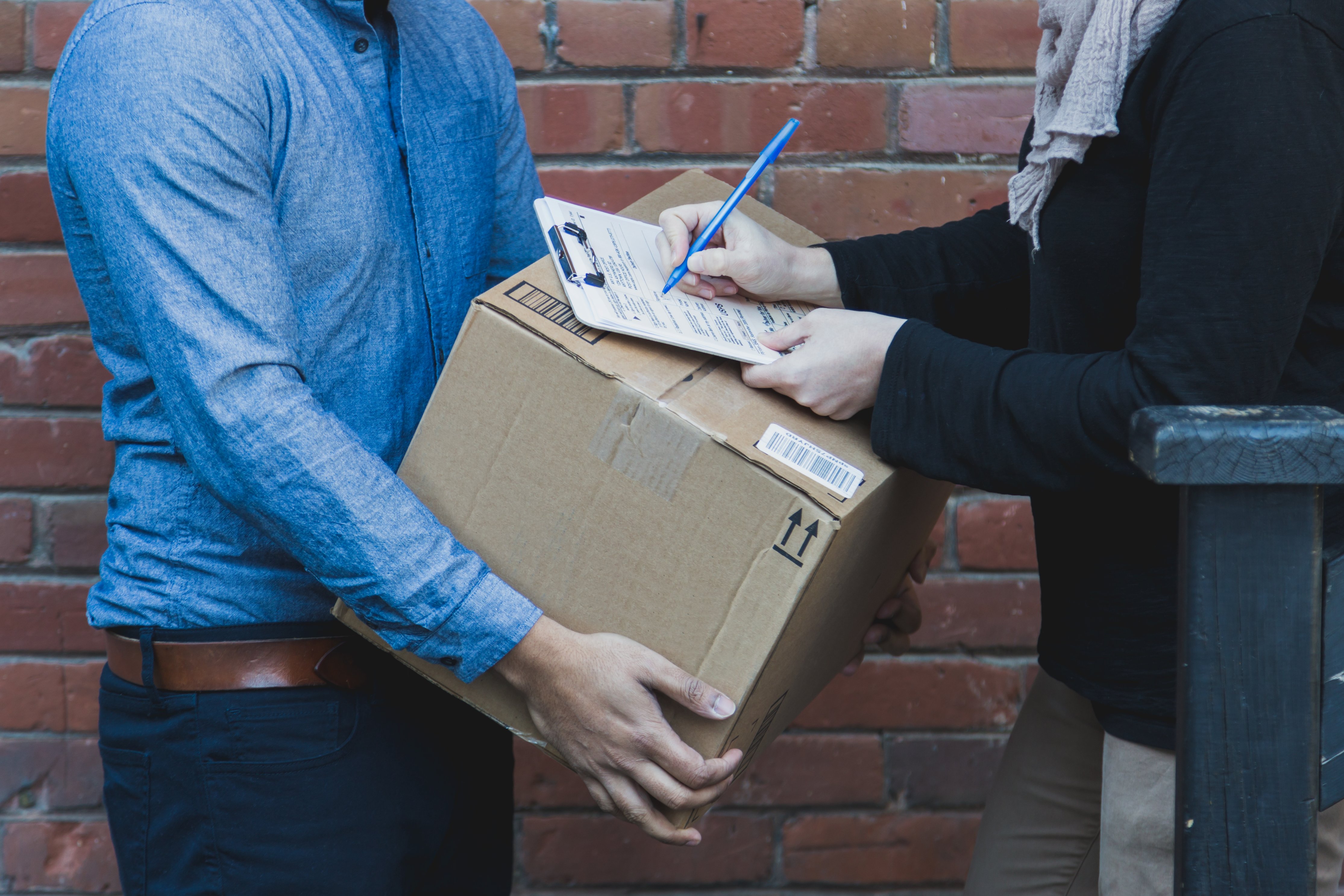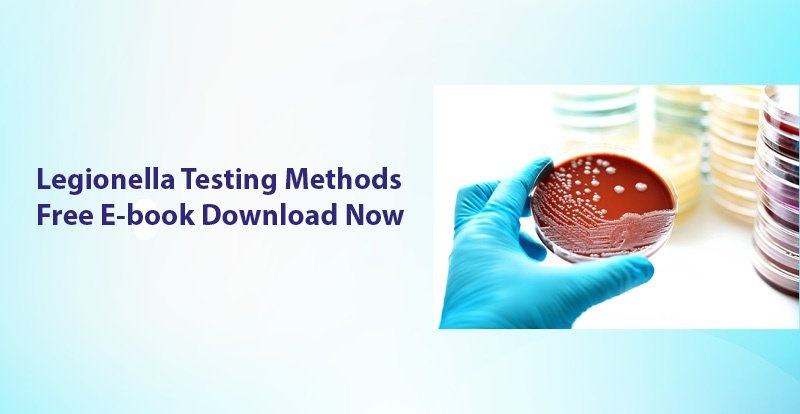
The lab culture method is the most common and widely used method for the detection of Legionella bacteria in the world. The method, in which live Legionella bacteria are cultured on an agar plate in a laboratory, is still considered the ‘Gold Standard’ of Legionella detection today. However, a growing body of research is starting to point out the limitations of the method and the negative implications for water management professionals, companies and the public.
One of the most notable limitations of the method is its inability to be carried out on-site. Because this method has to be carried out in a lab by trained technical professionals, water samples are often transported to another location for testing. This creates a delay between sample collection and sample testing and can expose samples to conditions which alter their contents. Transportation of Legionella samples requires extensive care and couriers must adhere to several conditions to ensure that the contents of the samples are not altered. Shipping times can vary widely depending on the availability of services and the remoteness of the location. Extended shipping times and exposure to heat and radiation can drastically change the contents of a sample before it reaches the lab, which in turn can compromise the accuracy of the results.
In many cases, samples are shipped without proper care and it is extremely difficult to ensure that the sample hasn’t been altered1.With time, it is possible for other bacteria in the sample to dominate any Legionella present as they fight over limited resources available to them in the sample container2. Therefore, by the time a sample reaches the lab, the amount of Legionella present may have been severely diminished or damaged – resulting in misleading results such as low CFU counts or false negative results.
A study conducted in 2012, which studied the effect of sample holding time on the accuracy of the lab culture method, found a significant effect of sample holding time on lab culture accuracy3. The study observed major changes in the contents of 52% of samples which were held for 6+ hours3. They also found that the methods ability to detect positive samples was dangerously low at only 36%3. Overall, their study found that 10.4% of all 2,421 samples tested returned incorrect results3.
These findings are extremely concerning from both a water management and public health perspective and demonstrate the inefficiencies associated with relying on lab culture as a sole method of Legionella detection. If the contents of a sample can change drastically in as little as 6 hours at ambient temperature3, this suggests that even overnight shipping to a lab could result in serious inaccuracies in test results. For more remote locations with limited access to quality overnight shipping services, the implications will likely be far more serious. Any resulting false positives or low CFU counts can provide water management professionals and duty holders with a false sense of security and can leave vulnerable persons at risk until the next scheduled round of testing.
With cases of Legionnaires’ disease on the rise across the globe, improved control and prevention strategies are urgently needed. Methods which can be conducted on-site eliminate transportation risks - such effect of sample holding time and exposure to heat and radiation - and allow for more accurate and immediate conclusions to be drawn about the state of a water system. Methods such as the rapid antigen test can be used to safeguard against any misleading CFU counts and false negative results provided by lab culture. In turn, they can reduce the risks associated to both public health and to businesses all over the world, by reducing the likelihood of an outbreak and by protecting businesses owners from shut-downs, fines, bad press and litigation.
References:
- McCoy, W., Chen, K., Neville, M., Devender, S., Downes, E., Leonidas, L., Cain, M. and Sherman, D. (2012). Available at: http://bit.ly/2kT6KEr [Accessed 17 Apr. 2018].
- Lee, J., Lai, S., Exner, M., Lenz, J., Gaia, V., Casati, S., Hartemann, P., Lück, C., Pangon, B., Ricci, M., Scaturro, M., Fontana, S., Sabria, M., Sánchez, I., Assaf, S. and Surman-Lee, S. (2011). Journal of Applied Microbiology. Available at: http://bit.ly/2kqtSdh [Accessed 17 Apr. 2018].
- McCoy, W., Downes, E., Leonidas, L., Cain, M., Sherman, D., Chen, K., Devender, S. and Neville, M. (2012). Available at: http://bit.ly/2kR89vc [Accessed 27 Jun. 2019].

